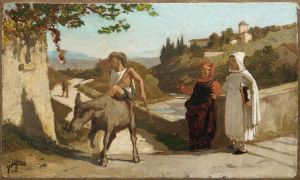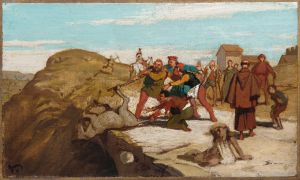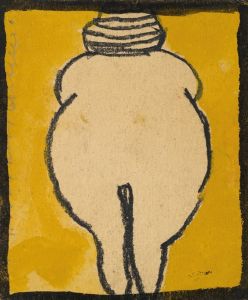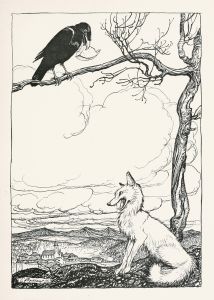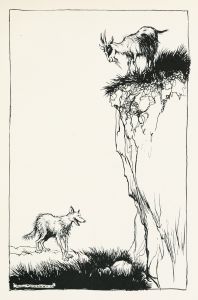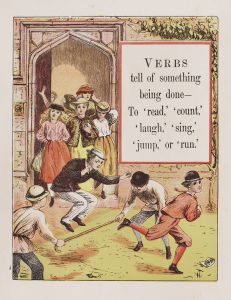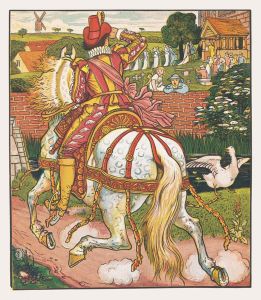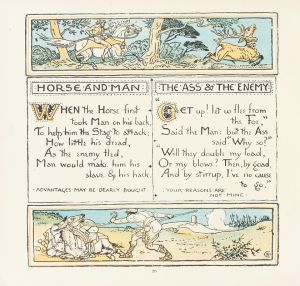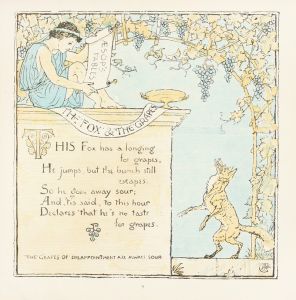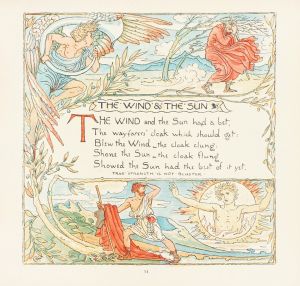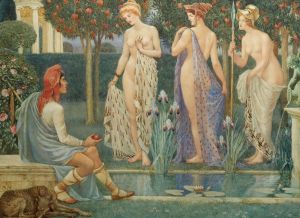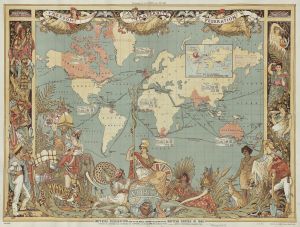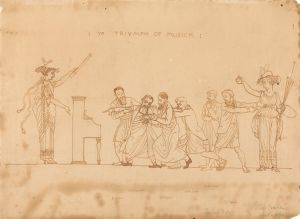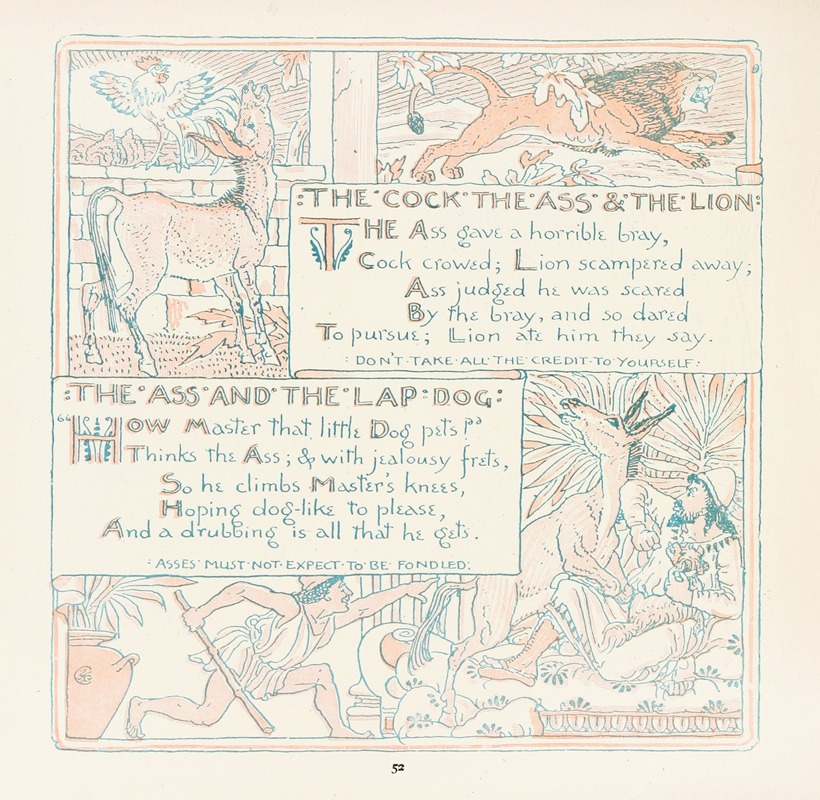
The Cock, The Ass, and the Lion, The Ass and the LapDog
A hand-painted replica of Walter Crane’s masterpiece The Cock, The Ass, and the Lion, The Ass and the LapDog, meticulously crafted by professional artists to capture the true essence of the original. Each piece is created with museum-quality canvas and rare mineral pigments, carefully painted by experienced artists with delicate brushstrokes and rich, layered colors to perfectly recreate the texture of the original artwork. Unlike machine-printed reproductions, this hand-painted version brings the painting to life, infused with the artist’s emotions and skill in every stroke. Whether for personal collection or home decoration, it instantly elevates the artistic atmosphere of any space.
Walter Crane was a prominent English artist and book illustrator, known for his contributions to the Arts and Crafts Movement and his innovative work in children's book illustrations. Among his many works, "The Cock, The Ass, and the Lion" and "The Ass and the LapDog" are notable illustrations that reflect his unique style and artistic philosophy.
Walter Crane was born on August 15, 1845, in Liverpool, England. He was the second son of Thomas Crane, a portrait painter and miniaturist. Crane's early exposure to art came from his father, and he later apprenticed with the wood-engraver W.J. Linton. This apprenticeship played a crucial role in shaping his skills and artistic direction. Crane's work was heavily influenced by the Pre-Raphaelite Brotherhood, a group of English painters, poets, and critics founded in 1848, which emphasized a return to the detail, intense colors, and complex compositions of Quattrocento Italian art.
Crane's illustrations for children's books are among his most celebrated works. He was a pioneer in the genre, creating books that were not only educational but also visually appealing to children. His illustrations often featured vibrant colors, intricate patterns, and a sense of movement, which were innovative at the time. Crane believed that art should be accessible to all, and his work often reflected themes of social justice and equality.
"The Cock, The Ass, and the Lion" and "The Ass and the LapDog" are part of Crane's series of illustrations for Aesop's Fables. Aesop's Fables are a collection of stories credited to Aesop, a slave and storyteller believed to have lived in ancient Greece between 620 and 564 BCE. These fables are characterized by their moral lessons, often conveyed through anthropomorphic animals.
In "The Cock, The Ass, and the Lion," Crane illustrates a fable where a cock and an ass are in a field when a lion approaches. The cock crows loudly, frightening the lion, who runs away. The ass, thinking the lion is afraid of him, chases after the lion but is caught and eaten. The moral of the story is often interpreted as a warning against overestimating one's own abilities or misunderstanding the source of one's success.
"The Ass and the LapDog" tells the story of an ass who observes a lapdog being pampered by its owner. Envious of the attention the lapdog receives, the ass attempts to imitate the lapdog's behavior, only to be beaten and driven away. This fable's moral is typically seen as a lesson about the dangers of envy and the importance of understanding one's own nature and limitations.
Crane's illustrations for these fables are characterized by their detailed line work and harmonious compositions. He often used a limited color palette, which allowed the intricate patterns and designs to stand out. His work in this series exemplifies his belief in the integration of art and literature, as well as his commitment to producing art that was both beautiful and meaningful.
Walter Crane's legacy as an illustrator and artist remains significant. His work continues to be celebrated for its artistic merit and its role in the development of children's literature. Through his illustrations, Crane not only brought Aesop's Fables to life but also contributed to the broader movement of making art accessible and enjoyable for all audiences.





